Chemical Tests On Water
Physical test on water and waste water:

Physical test on water and waste water:
“Water is life”. Good quality drinking water is still a distant dream for most of the population. Hence assessing the water quality for human consumption and recreational purposes is of utmost importance.
Accurate Water Analysis is a responsibility to the Country’s Infrastructure. According to estimates, approximately 71% of the Earth’s surface is covered with water. The total amount of water on the earth is about 1.36 billion cubic kilo metres (326 million cubic miles). However, only 2.5% of the Earth’s water is fresh water, of this 98.8% is in the form of ice and ground water, leaving a very low volume for the consumer. Thus, water is the most precious resource.
Testing the suitability of water for the intended use requires adequate expertise and sophisticated instrumentation.
Water for different purposes has its own requirements for the composition and purity and each body of water has to be analyzed on a regular basis to confirm to suitability. Water testing is done as per methods prescribed by BIS for all types of water.What to test for and how frequently is outlined in various documents .
The essential routine parameters for basic potable water quality control are pH, TDS (Total Dissolved Solids) Calcium and Magnesium Hardness (as CaCo3) Alkalinity, Fluoride, Chloride, Sulphate, Nitrate, Arsenic, Dissolved Iron, Salinity, Total Coliforms and E.coli.
Sitarc has rich experience in testing water samples for various purposes and specifications.
We undertake the testing for Water as per the standards given below:
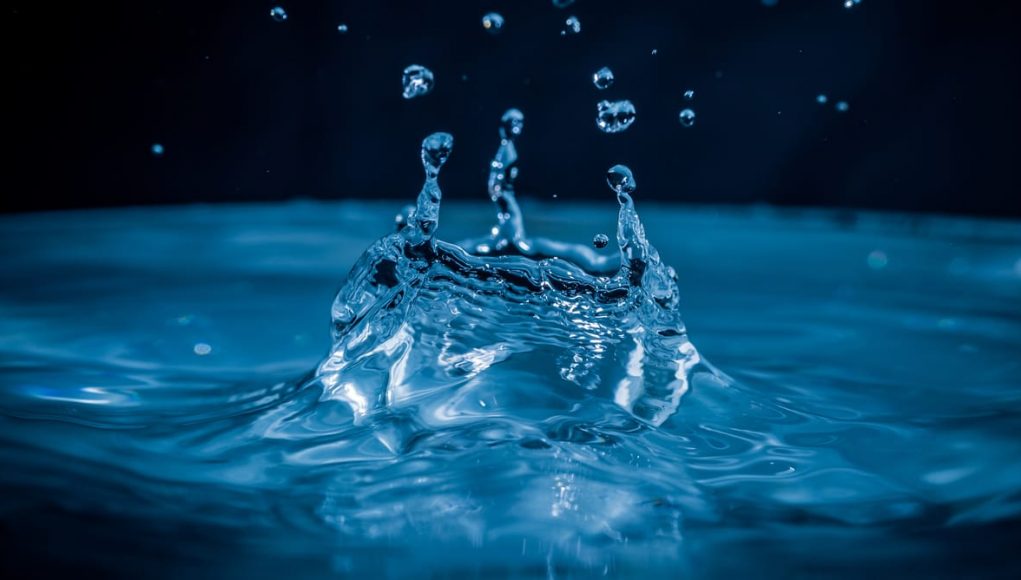
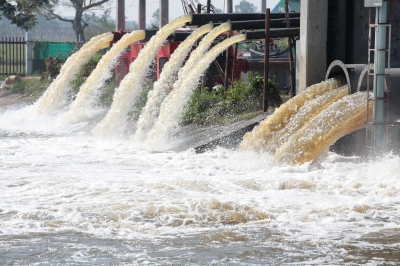
The two most common tests for waste water are BOD (biochemical Oxygen Demand) and COD (Chemical Oxygen Demand) Determination.
BOD is the quantity of oxygen required by bacteria and other micro organisms, during the biochemical degradation and transformation of organic matter (Present in waste water) under aerobic condition.
COD is the oxygen required of sample for oxidation of organic matter. This test is highly useful to find out the pollutional strength of industrial effluent and sewage.
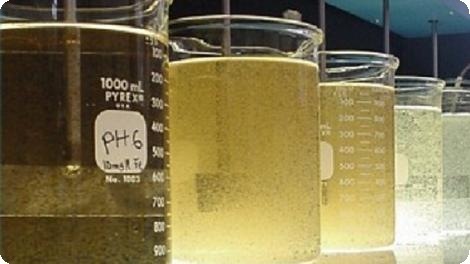
Physical test on water and waste water:
Color
Odour
Taste
Turbidity
TS (Total Soilds)
Organic and Inorganic matter
TSS(Total Suspended water)
Specific gravity
Conductivity
pH
TDS(Total dissolved solids)
Temperature
Chemical Test on water and waste water::
Barium
Manganese
Nitrate
Nitrite
Ammonia
Total Nitrogen
Fluoride
Chloride
Sulphate
Alkalinity
Acidity
Calcium
Magnesium
Total Hardness
RFC
Total chlorine
Chloramine
Phenolic compounds
Cyanide
Mineral oil
Sulphide
Borate
Percent sodium
Residual sodium carbonate
Phosphate
Sodium
Potassium
BOD
COD
Anionic surface active agent
Dissolved Oxygen
Silica
Bromate
PCB
PAH
Carbonate and Bicarbonate
Metals test on water and waste water :
Copper
Zinc
Nickel
Lead
Aluminium
Chromium
Silver
Mercury
Selenium
Cadmium
Antimony
Arsenic
Iron
Pesticide residues test on water:
DDT
a. 2,4DDT
b. 2,4DDD
c. 2,4DDE
d. 4,4DDT
e. 4,4DDE
f. 4,4 DDD
Lindane
2,4D
Atrazine
BHC
a. alfa HCH
b. beta HCH
c. delta HCH
Monocrotophos
Isoproturon
Methyl Parathion
Endosulfan
a. Endosulfan I
b. Endosulfan II
c. Endosulfan Sulphate
Ethion
Butachlor
Methyl Paraxon
Phorate
a. Phorate
b. Phorate Sulphoxide
c. Phorate sulphone
Chloropyrifos
Alachlor
Aldrin/Dieldrin
Food Analysis is the discipline dealing with the development, application and study of analytical procedures for characterizing the properties of foods and their constituents. All food products whether raw or processed are analyzed to provide information about a wide variety of different characteristics including their composition, structure, physiochemical properties and sensory attributes.
Chemical tests: Chemical tests can be classified as Nutrients, Minerals, and Metals.
Adulterants: They are added intentionally to the food products mostly for the purpose of cost benefits and they may be present at higher as well as lower amounts. They may be safe or sometimes highly toxic, such as, argemone in mustard oil, low cost vegetable oil in high cost vegetable oil etc.,
Contaminants & Toxicants : Toxicants can be classified into : Physical toxicants – e.g. glass, wood, metal, insect matter etc., Biological toxicants – e.g. microbes and pathogens Chemical toxicants – e.g. residual pesticides and environmental pollutants like PAH, PCB, toxic metal etc.,
Biological Tests : Microbiological tests can be Classified as pathogens and Non pathogens.
Dairy products and Analogues
Milk : Buffalo Milk, Cow Milk, Goat Or Sheep Milk, Mixed Milk, Standardized Milk Toned, and Double Toned, Skimmed, Full Cream Milk. Cream, Malai, Dahi or Curd, Chhena or Paneer, Cheese of All Varieties.
Dairy Based Desserts / Confections : Ice Cream , Kulfi, Chocolate Ice Cream , Softy Ice Cream, Dried Ice cream Mix, Dried Frozen Desserts Or Confection, Frozen Desserts , Frozen Confection, Milk Ice , Milk Lolly, Khoya Evaporated / Condensed Milk Or Milk Products Butter / Ghee/ Milk Fat, Chakka Or Shrikhand, Whey Products.
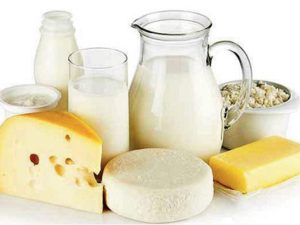
Fats / Oils
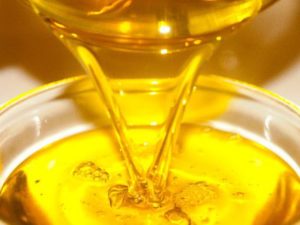
Oilis: Coconut Oil, Cotton Seed Oil, Ground Nut Oil, Linseed Oil, Mahua Oil, Rapeseed Oil, Mustard Oil, Rapeseed Oil With Low Erucic Acid, Olive Oil ,Poppy Seed Oil, Safflower Oil, Taramira oil, Til Oil, Niger Seed Oil, Soybean Oil, Maize Oil, Refined Vegetable Oil, Almond Oil, Watermelon Seed Oil, Palm Oil, Palmmolein, Palm Kernel Oil, Sunflower Seed Oil, Rice Bran Oil, Blended Edible Vegetable Oil.
Edible Fats : Beef Fat, Mutton Fat, Goat Fat, Lard Cocoa Butter, Refined Salseed Fat, Kokum Fat, Mango Kernel Fat, Dhupa Fat, Phulwara Fat.
Hydrogenated Vegetable Oil : Vanaspati, Bakery Shortening.
Black Tea
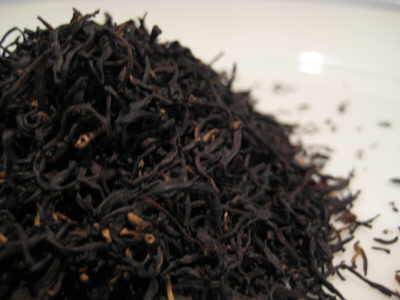
Non Alcoholic Beverages:
Black Tea, Coffee, Chicory, Coffee-Chicory Mixture and Carbonated Beverages
Cereals and Cereal Products

Salts, Spices, Condements and Related Products
Caraway (Siahjira): Caraway Black (Siahjira) Whole, Caraway (Siahjira) Powder, Caraway (Siahjira) Whole
Cardamom (Elaichi): Cardamom (ChhotiElaichi) Whole, Cardamom (ChhotiElaichi) Seeds, Cardamom (Chhoti Elaichi) Powder, Large Cardamom (BadiElaichi) Whole, Large Cardamom (BadiElaichi) Seeds, Large Cardamom (BadiElaichi) Powder.
Cinnamon (Dalchini) : Cinnamon (Dalchini) Whole, Cinnamon (Dalchini) Powder.
Cassia (Taj) : Cassia (Taj) Whole, Cassia (Taj) Powder.
Cloves (Laung) : Cloves (Laung) Whole, Cloves (Laung) Powder.
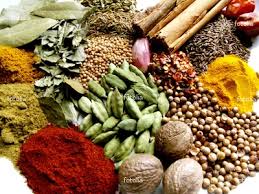
Coriander (dhania) : Coriander (Dhania) Whole, Coriander (Dhania) Powder
Cumin (Zeera / Kalonji) : Cumin (Safed Zeera) Whole, Cumin (Safed Zeera) Powder, Cumin Black (Kalonji )Whole Cumin Black (Kalonji )Powder.
Fennel (Saunf) : Fennel (Saunf) Whole, Fennel (Saunf) Powder.
Fenugreek (Methi) : Fenugreek (Methi) Whole, Fenugreek (Methi) Powder.
Ginger (Sonth, Adrak) : Ginger (Sonth,Adrak) Whole, Ginger (Sonth,Adrak)
Powder, Ginger Oleoresin (Isi).
Mustard (Rai, Sarson): Mustard (Rai, Sarson) Whole, Mustard (Rai, Sarson) Powder, Nutmeg (Jaiphal), Nutmeg (Jaiphal) Whole, Nutmeg (Jaiphal) Powder.
Pepper Black (Kalimirch): Pepper Black (Kalimirch) Whole, Pepper Black (Kalimirch) Powder. Light Black Pepper, Pin Heads, Poppy (Khaskhas), Saffron (Kesar) – Whole/Powder
Turmeric (Haldi): Pepper Black (Kalimirch) Whole, Pepper Black (Kalimirch) Powder. Light Black Pepper, Pin Heads, Poppy (Khaskhas), Saffron (Kesar) – Whole/Powder
Curry Powder: Mixed Masala, Aniseed (Saunf), Ajwain (Bishops Seeds)
Dried Mango: Slices, Dried Mango Powder (Amchur)
Pepper White: Pepper White Whole, Pepper White Powder
Garlic (Lehsun), Celery, Dehydrated Onion (Sukha Pyaj), Asafoetida (Hing),
Edible Common Salt:
Edible Common Salt, Iodised Salt Iron Fortified Common Salt, Potassium Iodate, Iron Fortified Iodised Salt
The Common Parameters Undertaken For Food Products
Moisture
Carbohydrate
Refractive Index
Essential oils
Microbiological analysis
Free fatty acids
Sodium Chloride(Nacl)
Fat
Specific Gravity
Admixture with other oils
Gluten
Minerals
Heavy Metals
Protein
Total ash
Acidity
Non volatile Ether extract
Bulk density
Food Adulterants
Crude Fibre
Ash insoluble in dilute HCl
Iodine value
Flash point
Contaminants
Pesticide residues
Microbiological Analysis
Escherichia coli
Coliform
Total plate count
Yeasts and Moulds
Salmonella
Shigella
Faecal streptocooci
Staphylococcus aureus
Vibrio cholerae
Vibrio parahaemolyticus
THE TESTING OF FOOD AND FOOD PRODUCTS:
Protocols Followed